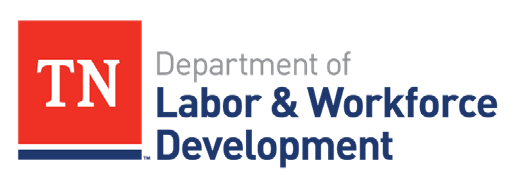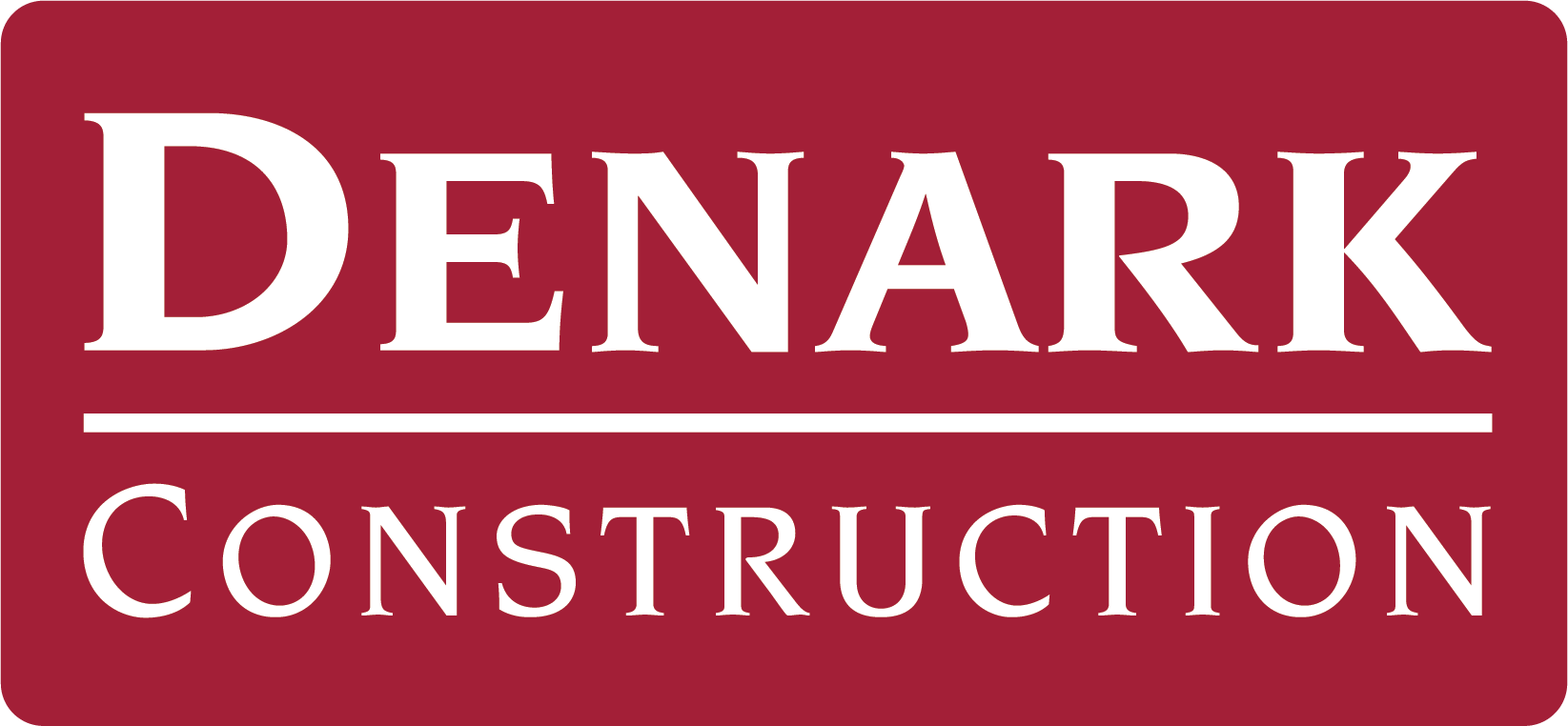Expertise
Delivering Superior Execution
Every company talks about a commitment to quality, hard work, and integrity.
At Denark, we walk the walk on every job—and with every Team Member.
Denark is passionate about delivering Superior Execution—and our success begins with our people. The average tenure of a Denark Team Member is 15 years (compared to the industry average of just four)—because we believe our success starts with a commitment to everyone at Denark. Team Members know, for example, that their safety is valued above all else: We are
committed to send everyone home safely at the end of the day. We are family: Safety is not just an OSHA requirement, but a moral obligation.
Denark’s business model focuses on collaboration and learning from experience. Everyone on our Team represents our culture of transparency and doing the right thing first. Technical skills can be taught—but we value honesty and work ethic above all else.
Quality is simply inherent in every detail of the Denark process—because we know our reputation depends on every interaction with every client, architect, engineer, or subcontractor.
Professional Preconstruction Services
Budget/Cost Control
- Costs unknown until design is complete
- Initial cost may be lower, but approach is prone to change orders and costly delays
Cost Model Process
Our budget process is more than just a quantity survey of preliminary plans multiplied by historical unit prices, but rather an understanding of the final vision and a pricing mechanism for what is NOT on the drawings, based on assumptions and clarifications.
Detailed budget information is given at each design stage. Each budget is assembled as a progressive draft of the GMP with a full description of assumptions and the proposed schedule, site logistics, staffing, and bid package. Our past clients will tell you that our attention to detail throughout this process helps avoid costly “surprises.”
Constructability Reviews and Virtual Design & Construction (VDC)
Along with the collective experience and expertise of our Team Members, we will also have the technological resources to build the project “on paper” before a single piece of equipment enters the site.
Our Preconstruction Team will analyze the constructability of the plans, including the means and methods required to execute the Design intent – confirming that it is feasible and cost effective – and that it can be built safely. We evaluate design to confirm that systems such as scaffolding, shoring, etc., and equipment such as cranes and vertical hoisting machines can be put in place to execute construction.
Denark also has in-house Building Information Modeling (BIM) professionals to perform conflict analyses. This saves time and mitigates disruptive changes.
Value Management
Denark’s philosophy is value “optimization” or “management,” instead of cost/quality reduction. We do not believe that cutting scope or suggesting a cheaper-quality material is Value Management.
Our objective is to always look for creative opportunities to reduce potential costs in “back-of-the-house areas” without compromising function, aesthetics, quality, and life cycle.
Most of the value management ideas are discovered during the multiple Constructability Reviews we conduct.
Our team will prepare a “Budget Tracker” to list all potential value management ideas. Then, we will coordinate a meeting with the Design Team, the owner, and other stakeholders to discuss ideas in an open, productive, and collaborative environment. The purpose of the collaborative discussion is to look objectively at the cost drivers and the impact of each idea or alternative.
As a general rule, value improvement opportunities decrease as the design progresses; therefore, early evaluation and adoption of value management allows designers to smoothly incorporate suggestions.
The Budget Tracker can also assist in discussions regarding additional scope options that the Owner may want to consider if and when funds are available. Our team has been successful in incorporating additional scope items into our schedule in order for the Design Team and the Owner to understand deadlines necessary in making decisions for incorporating additional scope.
Schedule Development
Upon selection, we develop an initial schedule and phasing plan considering surrounding operations and safety. The most important information to incorporate at this point is critical input from stakeholders, including all known constraints for each of the activities listed.
As design evolves, we expand the initial schedule by adding activities that further identify the critical path, with a focus on the following milestones:
- Design milestone estimates
- Value Management Completion of final CDs
- Permitting
- Getting the project out of the ground
- Getting the project in the dry
- Early release packages
- Owner-provided installations, if any
- Final turn over
At GMP, our team will have analyzed the challenges and constraints, developed solutions, received critical input from our onsite team, discussed schedules with subcontractors, and sequenced construction activities to ensure efficient production, including Just-In-Time deliveries. The schedule will also incorporate milestones for all testing and inspections.
After acceptance of the GMP and while subcontracts are awarded, we meet with subcontractors to refine schedule (if needed), verify timeframes for installation, incorporate shop drawings, submittals and approvals, and finalize fabrication schedules.
On-time performance has been a key element in Denark’s success. The final detailed schedule submitted at GMP will be used as a critical tool for our onsite team to ensure that schedule is being adhered to. Furthermore, to hold the entire project team accountable, we employ what we call a “Three-Week Look Ahead” Schedule. This is shared with subcontractors at all team meetings in order to implement schedule recoveries in a timely manner, if and when unknown constraints or unavoidable delays occur.
Subcontractor Procurement
Since more than 90% of the project costs will be executed by subcontractors, our goal is to assemble the most competitive and qualified team for each trade. It is our practice to cast a wide net. However, we must also be selective in identifying potential bidders.
Denark’s experience throughout East Tennessee and the Southeast allows us to generate quality interest from our active database of more than 14,000 local, regional, and national subcontractors and suppliers.
For more information regarding working with Denark as a Subcontractor partner, please visit our Subcontractors page.
Construction Delivery Methods
The three most widely used delivery methods are General Contractor, Construction Manager (CM) At-Risk, and Design-Builder.
Choosing the right delivery method is an important decision to make early in the design process. This determines how the “team” of Owner, Architect, and Contractor will execute the project and how the various risks and responsibilities are allocated.
Denark has the experience and capabilities with all delivery methods outlined below; however, since our founding, we have been at the forefront of advocating for collaborative delivery methods, such as CM At-Risk and Design-Build. In both private
and public sector projects, this trend toward a transparent team environment, integral value management, and the flexibility that comes with a more dynamic process, has become predominant.
Deciding on a construction delivery method depends on the project type, scope, and complexity. Regardless of which method you choose, we highly recommend engaging a contractor as early as possible during the design process. If you’re not sure which method works best for your project, please reach out to our Team so we can learn about your project and help you determine which method best fits your organization, schedule, and scope of work.
Comparison of Delivery Methods
Traditional Design-Bid-Build
Design and Construction are contracted separately, with project carried out in sequential phases (Design Phase, Bidding Phase and Construction Phase).
Budget/Cost Control
- Costs unknown until design is complete
- Initial cost may be lower, but approach is prone to change orders and costly delays
Budget/Cost Control
- Costs unknown until design is complete
- Initial cost may be lower, but approach is prone to change orders and costly delays
Schedule
- Schedule unknown until project is bid
- No opportunity for early permitting or fast-track
Quality
High quality possible, but Lump Sum contract may not incentivize Team to provide highest quality
Complexity
- Not recommended for more complex projects
- Unknown conditions, unique design features, and/or missing scope may cause issues
Contractual Relationship/Risk
- Adversarial among Owner, Architect, and Contractor
- Higher overall risk to all parties
Owner Project Management Expertise
Required
Construction Manager At-Risk
Design and Construction are contracted separately; however, Construction Manager is engaged in Preconstruction to provide milestone estimates, schedules, constructablilty analyses and value management during Design Phase. Once Design is complete, CM bids project to subcontractors and provides a Guaranteed Maximum Price during Construction Phase.
Budget/Cost Control
- Costs known and controls put in place early in process
Budget/Cost Control
- Costs known and controls put in place early in process
Schedule
- Faster approach to completion
- Schedule known early in process
- Opportunity for early permitting
Quality
Early involvement of CM to evaluate design and pre-qualify subcontractors assures higher quality
Complexity
- Recommended for more complex projects
- Early involvement of CM provides for constructability reviews and more timely, team-oriented solutions
Contractual Relationship/Risk
- Collaborative among Owner, Architect, and Contractor
- Lower overall risk to all parties
Owner Project Management Expertise
Required
Budget/Cost Control
Costs known and controls put in place early in process
Schedule
- Faster approach to completion
- Schedule known early in process
- Opportunity for early permitting
Quality
Early involvement of CM to evaluate design and pre-qualify subcontractors assures higher quality
Complexity
- Recommended for more complex projects
- Early involvement of CM provides for constructability reviews and more timely, team-oriented solutions
Contractual Relationship/Risk
- Collaborative among Owner, Architect, and Contractor
- Lower overall risk to all parties
Owner Project Management Expertise
Required
Design-Build
Design and Construction are contracted by a single entity (Design-Builder), which allows design and construction schedules to overlap and gives the Owner a single point of responsibility.
Budget/Cost Control
- Costs known early in process, but with little Owner control
Budget/Cost Control
- Costs known early in process, but with little Owner control
Schedule
- Faster approach to completion
- Schedule known early in process
- Opportunity for early permitting
Quality
High quality possible, but Lump Sum contract may not incentivize Design-Builder to provide highest quality
Complexity
- May be good for more complex projects
- Architect and Contractor under one contract allows for constructability reviews, timely solutions, and more flexibility in dealing with unknowns, but with little Owner control
Contractual Relationship/Risk
- Collaborative among Architect and Contractor
- Lower risk to Owner but higher risk to Design-Builder
Owner Project Management Expertise
Helpful but not required
Budget/Cost Control
- Costs unknown until design is complete
- Initial cost may be lower, but approach is prone to change orders and costly delays
Budget/Cost Control
- Costs unknown until design is complete
- Initial cost may be lower, but approach is prone to change orders and costly delays
Schedule
- Schedule unknown until project is bid
- No opportunity for early permitting or fast-track
Quality
High quality possible, but Lump Sum contract may not incentivize Team to provide highest quality
Complexity
- Not recommended for more complex projects
- Unknown conditions, unique design features, and/or missing scope may cause issues
Contractual Relationship/Risk
- Adversarial among Owner, Architect, and Contractor
- Higher overall risk to all parties
Owner Project Management Expertise
Required
Budget/Cost Control
- Costs known and controls put in place early in process
Budget/Cost Control
- Costs known and controls put in place early in process
Schedule
- Faster approach to completion
- Schedule known early in process
- Opportunity for early permitting
Quality
Early involvement of CM to evaluate design and pre-qualify subcontractors assures higher quality
Complexity
- Recommended for more complex projects
- Early involvement of CM provides for constructability reviews and more timely, team-oriented solutions
Contractual Relationship/Risk
- Collaborative among Owner, Architect, and Contractor
- Lower overall risk to all parties
Owner Project Management Expertise
Required
Budget/Cost Control
Costs known and controls put in place early in process
Schedule
- Faster approach to completion
- Schedule known early in process
- Opportunity for early permitting
Quality
Early involvement of CM to evaluate design and pre-qualify subcontractors assures higher quality
Complexity
- Recommended for more complex projects
- Early involvement of CM provides for constructability reviews and more timely, team-oriented solutions
Contractual Relationship/Risk
- Collaborative among Owner, Architect, and Contractor
- Lower overall risk to all parties
Owner Project Management Expertise
Required
Budget/Cost Control
- Costs known early in process, but with little Owner control
Budget/Cost Control
- Costs known early in process, but with little Owner control
Schedule
- Faster approach to completion
- Schedule known early in process
- Opportunity for early permitting
Quality
High quality possible, but Lump Sum contract may not incentivize Design-Builder to provide highest quality
Complexity
- May be good for more complex projects
- Architect and Contractor under one contract allows for constructability reviews, timely solutions, and more flexibility in dealing with unknowns, but with little Owner control
Contractual Relationship/Risk
- Collaborative among Architect and Contractor
- Lower risk to Owner but higher risk to Design-Builder
Owner Project Management Expertise
Helpful but not required

White Paper: Delivery Method Analysis: Construction Manager At-Risk vs. Traditional Design-Bid-Build
After decades of relying on a “low-bid” strategy, many Owners and Developers are recognizing that a team approach provides a smoother, higher-quality, higher-value process and project. The traditional Design-Bid-Build (also known as “Hard Bid”) approach consists of three separate phases – design, bidding, and construction – whereby the Owner selects the low-bid General Contractor (GC), after the design is completed. This process has frustrated Owners and Developers because of the high probability of original budgets being missed, high percent of change orders, quality problems, adversarial relationships, and schedule nightmares.
Read our white paper regarding the advantages of utilizing the CM At-Risk Delivery Method.
Honoring Our Commitment to Safety Excellence


Sustainability
Denark places a high priority on energy-efficiency and sustainability. In addition to working on projects with Tennessee’s High-Performance Building Requirements (HPBr) and Sustainable Design Guidelines, our Team has achieved LEED Certification on several projects, including the largest LEED Platinum Project in East Tennessee — The Residences at Eastport.

